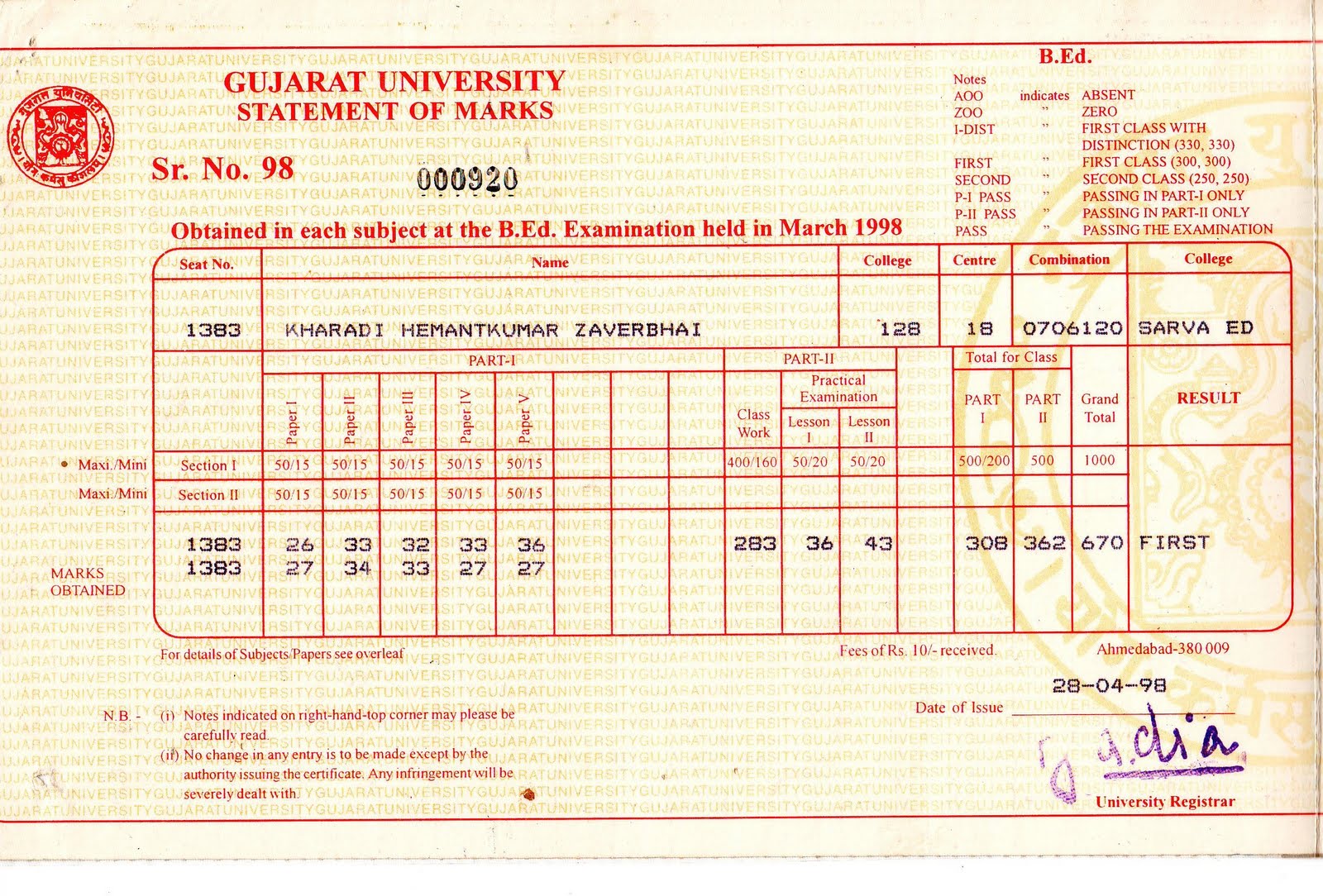As a parent, one of your most crucial responsibilities is to support your child’s education. One of the essential tools in understanding your child’s academic progress is their marksheets. These documents provide valuable insights into their performance and growth. However, interpreting marksheets can be challenging, especially as they often contain a plethora of codes, grades, and percentages. In this blog, we’ll guide you through understanding your child’s Result Marksheet and offer practical tips on how to support their educational journey effectively.
Understanding the Grading System
One of the first things you’ll encounter on your child’s marksheet is the grading system. Grading systems can vary widely between schools, regions, and countries. It’s essential to familiarize yourself with the specific grading scale used by your child’s school to understand what the grades mean.
Common grading systems include letter grades (A, B, C, D, F) or numerical scores (on a scale of 0-100). Some institutions use a combination of both. Each grade or score typically corresponds to a level of achievement or competency in a particular subject. Understanding these grades and what they represent is a crucial step in interpreting your child’s marksheets.
Course Details
Your child’s marksheets will also provide detailed information about the courses they have taken during the grading period. This section typically includes the course name, course code, and the teacher’s name. Reviewing this information will help you understand which subjects your child is studying and who is responsible for their education.
Percentage and Cumulative GPA
The marksheets often display the percentage or cumulative GPA for each subject. The percentage is calculated based on the total marks obtained in a subject out of the maximum possible score. Cumulative GPA provides an overall view of your child’s academic performance. It’s important to remember that these numbers reflect your child’s performance within the specified grading period.
Subject-Wise Performance
For a more comprehensive understanding of your child’s academic strengths and weaknesses, pay attention to the subject-wise performance. This section will show the marks or grades your child achieved in each subject. Reviewing this part of the marksheet will help you identify areas where your child excels and subjects where they may need more support.
Teacher Comments and Remarks
Some marksheets include a section for teacher comments and remarks. These comments can be invaluable in understanding your child’s progress and any specific challenges they may be facing. Teacher feedback often offers insights into behavior, attitude, and effort, which are essential aspects of education that go beyond just grades.
Comparing with Previous Marksheets
To get a sense of your child’s progress over time, it’s a good idea to compare their current marksheet with previous ones. Look for trends, improvements, or areas where they may need more assistance. This comparison can help you understand the effectiveness of your child’s learning strategies and identify areas where they need additional support.
Supporting Your Child’s Education
Now that you understand how to interpret your child’s marksheets let’s discuss some practical ways to support their education effectively:
- Open Communication: Maintain open and honest communication with your child. Encourage them to share their thoughts and concerns about their education, and be a supportive listener.
- Set Realistic Goals: Work with your child to set realistic academic goals. These goals should be achievable and help them stay motivated to perform their best.
- Provide a Nurturing Environment: Create a conducive environment at home for learning. Ensure they have a quiet place to study, access to necessary resources, and minimal distractions.
- Offer Tutoring or Extra Help: If your child is struggling in specific subjects, consider providing additional support through tutoring or study groups.
- Celebrate Achievements: Recognize and celebrate your child’s achievements, regardless of their size. Positive reinforcement can motivate them to continue their hard work.
- Encourage a Well-Rounded Education: Encourage your child to participate in extracurricular activities, sports, and community service. A well-rounded education involves more than just academic success.
- Seek Professional Guidance: If you have concerns about your child’s academic progress or well-being, don’t hesitate to consult with their teachers, school counselors, or educational specialists.
Conclusion
Interpreting your child’s education marksheets can be a valuable tool in understanding their academic progress. By understanding the grading system, examining course details, and analyzing their performance, you can offer better support and encouragement. Remember that supporting your child’s education goes beyond just the marks on the sheet. It involves fostering a positive learning environment and nurturing their overall growth and development. Your involvement and support can make a world of difference in your child’s educational journey.
